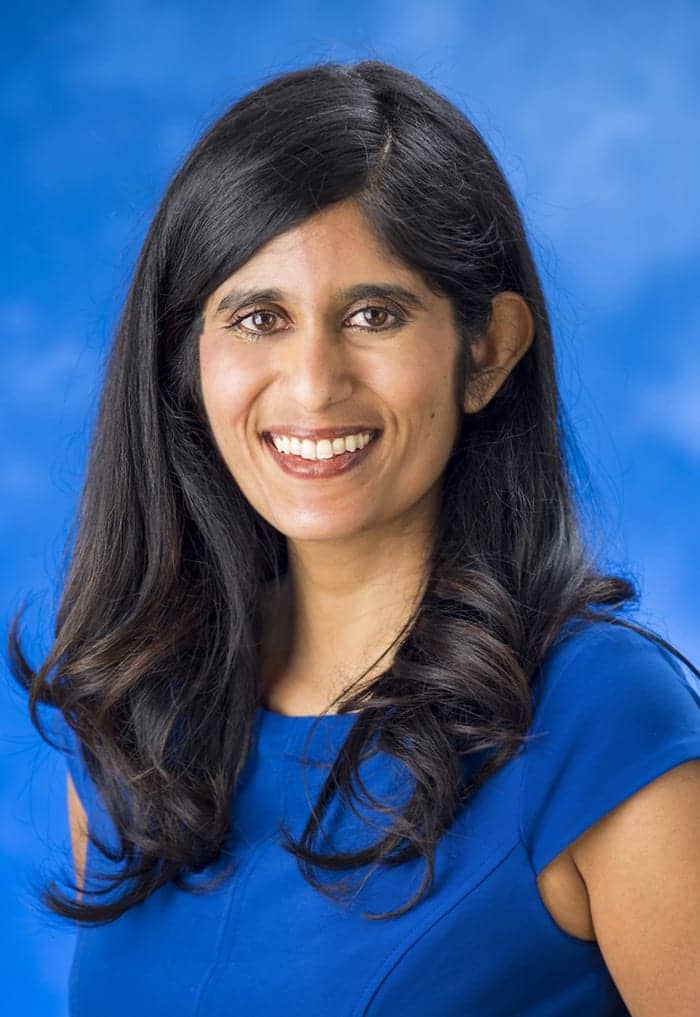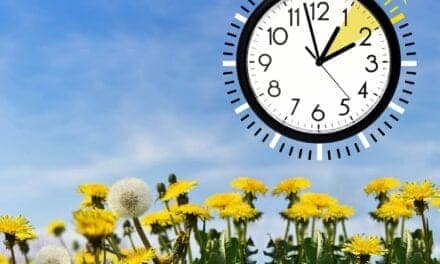By Sree Roy
I recently chatted with Jay Pea, president of the nonprofit “Save Standard Time,” which is a volunteer-run effort to preserve and extend the observation of longitudinally-correct Standard Time. While I knew that many organizations, including the American Academy of Sleep Medicine’s (AASM),1 want to abolish seasonal time changes in the United States in favor of fixed, national, year-round Standard Time, I did not truly understand why until I spoke with Pea.
“Standard Time is the real time,” Pea told me. “Standard Time is defined from the sun’s position in the sky, and our bodies want to be in tune with that.”
I realized I held several mistaken beliefs about Daylight Saving Time. Here are a few things the conversation cleared up for me.
Myth 1: The negative impacts of the switch from Standard Time to Daylight Saving Time (DST) are acute only—they last only a few days or up to a week.
In Reality: Our bodies experience chronic harms from the time change, never fully adjusting to Daylight Saving Time.2 “We sleep less,” Pea said. “Our cortisol release changes by only 2 minutes rather than the full 60 minutes of that ‘spring forward’ an hour, and it leads to a chronic social jet lag. It’s estimated to increase incidents of cancer, heart attack, obesity, leukemia, seasonal depression, traffic accidents, productivity, [and] loss of earnings.”
Myth 2: DST saves energy.
In Reality: Contrary to the policy’s intent, Daylight Saving Time increases demand for electricity—this is because the reduced demand for lighting is more than offset by an increased demand for heating and cooling.3
“When we are forcing ourselves to get up earlier with DST, we are turning the heat on earlier in the day because it’s cold in the morning,” Pea said. “And so we’re burning more energy in that regard when we should actually be in bed sleeping under our snug blankets.”

Myth 3: There’s no political action to abolish DST.
In Reality: “The DST crowd has a head start by several years, and the Standard [Time] crowd, we are catching up,” Pea said. Last year, about three-to-one bills were promoting DST “and now we’ve got that down to two-to-one.” What’s more, public opinion sides with eliminating twice-yearly clock change, and the majority of people would prefer year-round Standard Time.4
Visit https://savestandardtime.com/action for ideas about how to use your expertise to spread the word about the health benefits of Standard Time.
Sree Roy is editor of Sleep Review.
References
- Rishi MA, Ahmed O, Barrantes Perez JH, et al. Daylight saving time: an American Academy of Sleep Medicine position statement. J Clin Sleep Med. 2020 Oct 15;16(10):1781-4.
- Kantermann T, Juda M, Merrow M, Roenneberg T. The human circadian clock’s seasonal adjustment is disrupted by daylight saving time. Curr Biol. 2007 Nov 20;17(22):1996-2000.
- Kotchen MJ, Grant LE. Does Daylight Saving Time save energy? Evidence from a natural experiment in Indiana. Review Econ Stat, MIT Press. 2011:93(4):1172-85.
- Save Standard Time. https://savestandardtime.com/sources/#polls
Listen to my entire interview with Jay Pea on the newly launched MEDQOR Podcast Network, available on Apple Podcasts, Google Podcasts, Spotify, and Amazon Music, where you can subscribe to get audio Q&As about sleep medicine, as well as other interviews with healthcare stakeholders.
Photo 51984263 © Amarosy | Dreamstime.com




